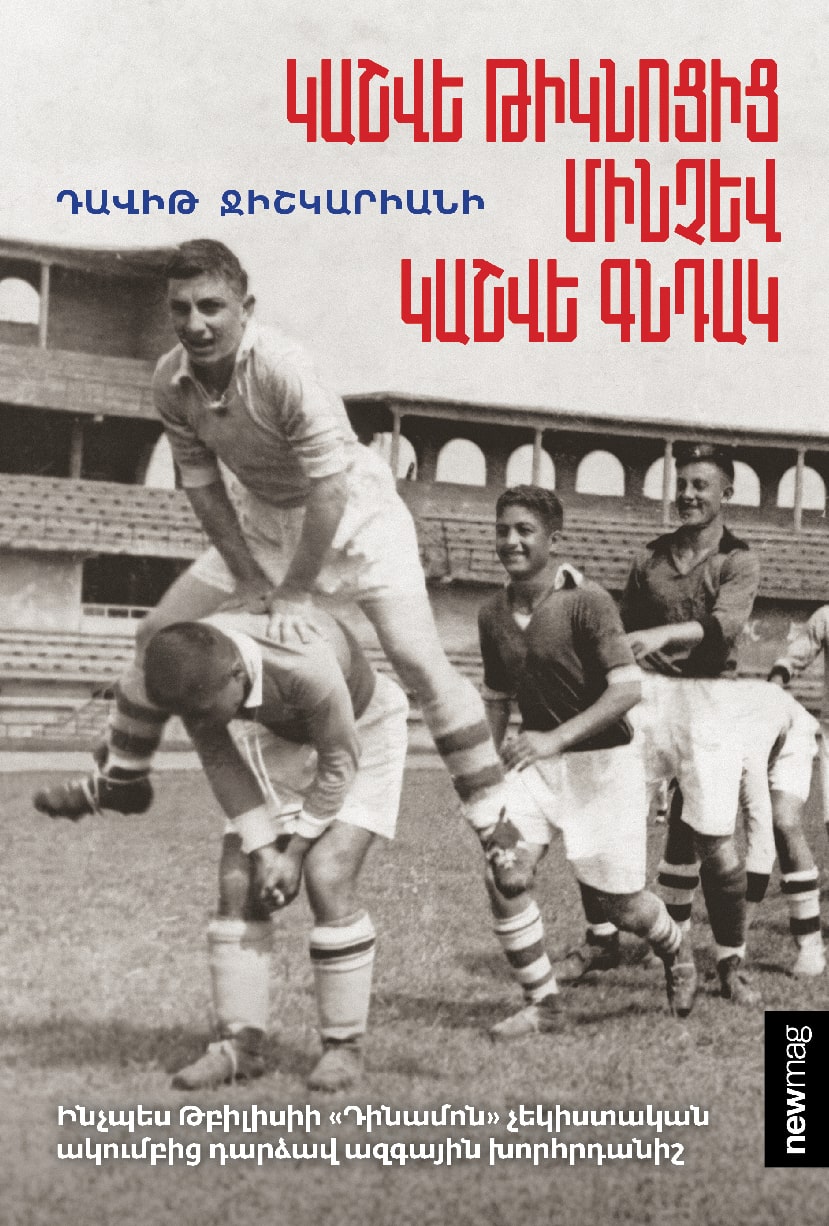History of a Club: The Ups and Downs of "Dynamo" (Video)
07/29/2024
The history of Tbilisi Dynamo is a tale of how the club was founded and became one of the strongest teams in the USSR. It remains the most successful and title-winning club in the country's history.
Davit Jishkariani's book "From Leather Cloak to Leather Ball"
chronicles one of the most popular clubs of the Soviet era. Dynamo was crowned
national champion twice, finished as a prizewinner 18 times, and won the USSR
Cup twice. The club’s most significant achievement was winning the 1981 Cup
Winners' Cup. In the final Dynamo defeated the German team Carl Zeiss.
The Dynamo of Tbilisi was established by the elite of the USSR’s
special committee, the Chekists, to provide their employees with alternative
physical activities, such as football. Lavrentiy Beria, who was deeply involved
in football, personally selected players in 1929, bringing the best talents
from across Georgia to Tbilisi. He was the first in the Soviet Union to
initiate football “transfers.”
However, football and Chekists had a complex relationship. In
the early years, young players were recruited into the special agency through
football, as their careers were typically short, with players often considered
veterans by age 28. To survive, these players became special service employees
by day and football players by night. This arrangement allowed them to solve
otherwise insurmountable problems, such as obtaining residency in the capital
or acquiring emergency housing, and ultimately to earn substantial sums of
money.
As the era of professional Chekists waned, the professional football era began in 1936. Boris Paichadze and other prominent footballers of the later period were only registered as employees of the Ministry of Internal Affairs and could no longer serve as active Chekists.
Despite the professional shift, Beria remained actively involved
with Dynamo, being an extremely devoted fan of the club. In the final of the
USSR Cup in 1939, when Spartak Moscow deservedly won, Beria received an order
to replay the semi-final against Dynamo Tbilisi.
The surprised Spartak players had no choice but to comply with
Beria’s order. Following this, the club’s development trajectory changed, and
despite its Chekist origins, it followed Beria’s plans and became one of the
strongest teams in the USSR. Today, Dynamo is the most title-winning club in
independent Georgia and regularly represents the country on the European stage.
Georgian fans remain hopeful that one day legends like Giorgi Daraselia and Giorgi Paichadze will emerge again to instill fear in European clubs and restore Dynamo Tbilisi’s renowned legacy.

David Jishkariani
5800 ֏
Description
In Soviet times, sports clubs operated under the patronage of state agencies. Tbilisi football club "Dinamo" belonged to the People's Commissariat of Internal Affairs, which was headed by Lavrenti Beria in the 1920s and 1930s.The sports rise of the team and the personal tragedies of the players were connected with that very circumstance.moreover, they were intertwined.Off the field, some footballers have been investigated by the Internal Affairs Committee, others have been victims of mass repression.
Despite that, the Chekist club became a symbol of Georgian national pride and won the UEFA Cup Winners' Cup in 1981, defeating one after another the big European clubs. It was an extraordinary success for the Soviet team. This book examines the unique history of the Georgian football club and tries to answer the question of why that victory is so important today, and what place Dinamo Tbilisi occupies in the minds of Georgians.
Read also


Newmag Publishing Presents Two New Books on Armenia TV’s “Good Morning” Program (Video)

Paul Ignatius, the highest-ranking Armenian-American public official in US history, passes away at 104

Bonjour, Littérature! The third Francofest International Book Festival was held (photos)

